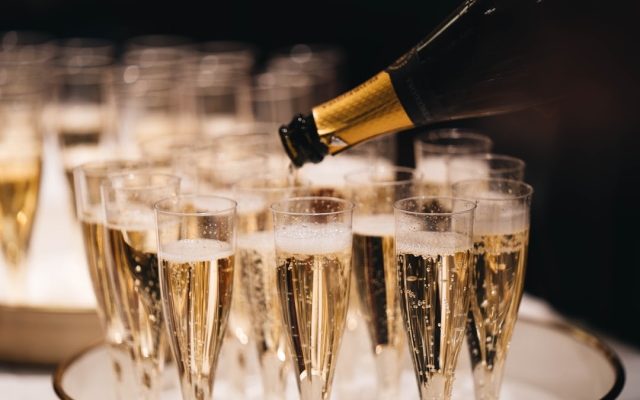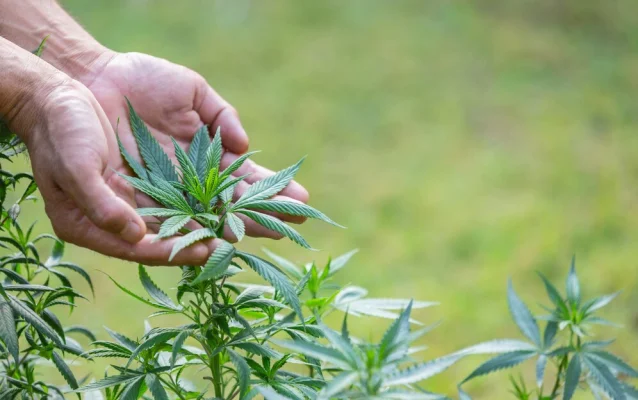Exploring Non-Vintage vs. Vintage Champagne

Though not all bottles are made equal, champagne is always associated with celebration and elegance. One of the most important differences influencing taste, price, and occasion between non-vintage (NV) and vintage Champagne is Although both forms provide the effervescence and elegance connected with Champagne, knowing their variations will help you select the appropriate bottle for any occasion. The distinctive qualities of non-vintage and vintage Champagne are closely examined here. With its effervescent charm, champagne has become synonymous with life’s finest celebrations.
The Fundamentals: Why Is Champagne Non-Vintage or Vintage?
To get a constant taste character, non-vintage Champagne is created by combining wines from several years. Usually intended to be approachable, flexible, and ready for consumption at release, it reflects the producer’s personal style.
By contrast, vintage Champagne is made from grapes picked in one remarkable year. These bottles provide a more complicated and unique taste and highlight the special character of that particular harvest. Longer aging of vintage champagnes lets the wine develop depth and elegance.
Flavor Profiles: Consistency against Complexity
For people who value consistency year after year, non-vintage Champagne is a great choice since its taste is meant to be constant. Often with vibrant acidity and brilliant bubbles, these wines have a fresh, fruish character. They are adaptable, fitting for a great variety of meals and events.
Conversely, Vintage Champagne captures the subtleties of the climate and growth conditions of a given year. With aromas of toasted almonds, brioche, and honey, its tastes are sometimes more complex and fuller. Connoisseurs love these wines since over time they acquire a creamier texture and more depth of taste.

Time in the Cellar Non-vintage Champagne is stored a minimum of 15 months, however many producers go above this to improve the flavor and texture of the wine. Perfect for quick enjoyment, it is ready to drink as soon as it hits the market.
But Vintage Champagne needs to be matured for at least three years before it’s released; many producers decide to age their bottles for much longer. Appealing to individuals who value the craftsmanship of vintage Champagne, this longer maturation period lets the wine develop more refined tastes and a fuller texture.
Price Points: Daily Luxury vs. Premium Indulgence
Usually speaking, non-vintage Champagne is less expensive than its vintage equivalent. Its making guarantees uniformity and efficiency by combining wines from several harvests. For informal events, gifts, or as the go-to bubbly for any occasion NV Champagne is therefore a popular option.
Given its limited production and long maturing, vintage Champagne costs more money. Often saved for special events like weddings or anniversaries, these bottles let their uniqueness and elegance really be appreciated.
Availability: Common Finds vs. Unique Treasures
Since most Champagne production comes from non-vintage Champagne is readily available. Usually releasing NV bottles on a regular basis, most producers guarantee a continuous supply for consumers.
Vintage Champagne, however, is only produced in exceptional years, when the weather and growing conditions result in an extraordinary harvest. This rarity adds to its allure, making it a sought-after choice for collectors and enthusiasts. The champagne toasts mark moments of triumph, joy, and love in style.











